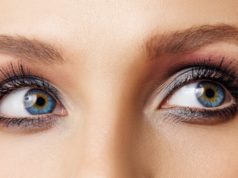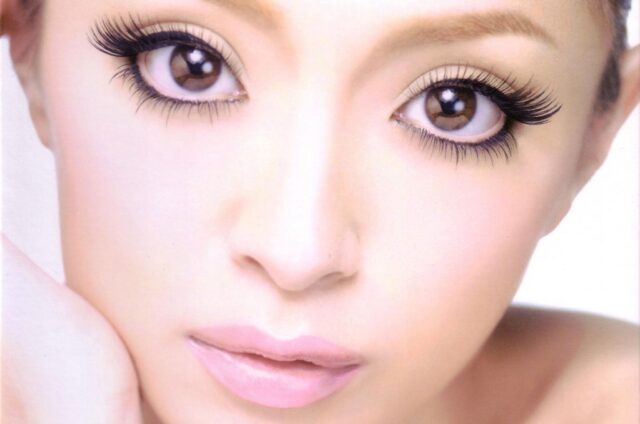
Double eyelid surgery (also called blepharoplasty) is one of the most requested surgeries in Asia. People do it to enhance their eyes and make them look bigger. The double eyelid surgery was first developed in Japan but has quickly traveled across Asia and even the rest of the world. Double eyelid surgery has recently gained attention in the US, as well.
Actually, the double eyelid has become so popular that it’s often used as a gift for high-school graduation. The surgery itself was a hit back in the 70s but after that, the technology and techniques used by surgeons became more and more advanced. Now, the double crease can be achieved through several different types of surgery and methods. According to TheLookBook, double eyelid surgery is also extremely important in Asia, particularly in Singapore as well.
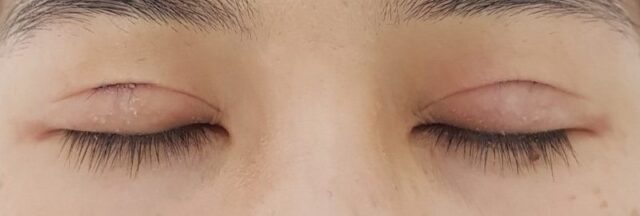
In this article you’ll read all you need to know about:
- The types of double eyelid surgery
- Their pros and cons
- What to do after the surgery
Types of Double Eyelid Surgery
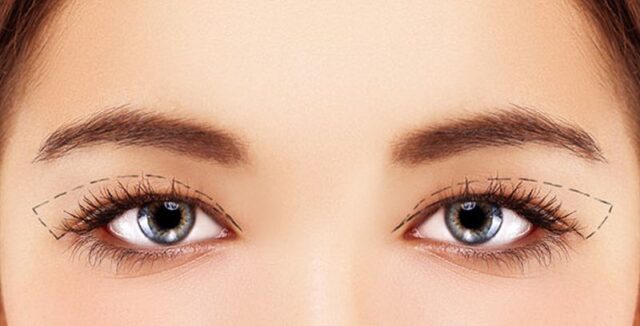
Incisional Double Eyelid
The incisional blepharoplasty is the most common way to create a double crease in recent years. The method involves making an incision onto the eyelid to create the eyelid crease. During the surgery, the surgeon will also remove any excess fat, or skin so that you get a natural and prominent eyelid crease. During an incisional surgery, your surgeon can extend the line of your eyelid too.
The incisional blepharoplasty is suitable for patients who have thick eyelids and excess fat or even saggy skin.
Recovery and Duration
The whole surgery takes around 1 hour. During the surgery, you’ll get full sedation and won’t feel anything. You also won’t need to stay at the hospital – you can go straight home. As for recovery, your surgeon will remove your stitches after a week and you’ll need 1-2 more weeks for recovery.
Pros and Cons
The incisional method provides a more permanent result and the technique has improved a lot throughout the years that there isn’t going to be any scar either. There are some potential risks such as infection, an allergic reaction, or changes to your vision if done incorrectly. Another downside is that you’ll need more time to recover compared to non-incisional methods.
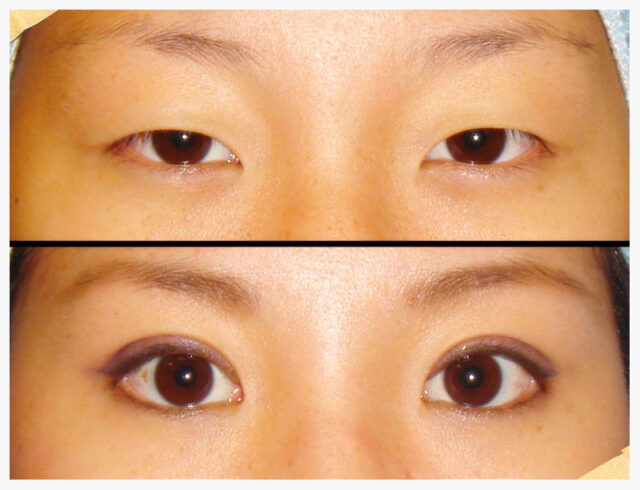
Non-incisional double eyelid
The non-incisional blepharoplasty was actually the first developed technique to create an eyelid crease. As you can guess by the name, it doesn’t involve any incisions. Instead, your surgeon will make a few stitches on your eyelid to connect the muscle on the eyelid and create the crease. This method is suitable for people who have thinner eyelids or are looking for a non-surgical procedure with less downtime.
Recovery and Duration
During the procedure, your surgeon will use local anesthesia as well as sedation. The whole process will take around 30 minutes and you can go straight home after. Your surgeon will remove your stitches around 3 days after the procedure.
Pros and Cons
One of the biggest benefits of the non-incisional technique is that you have less chance of scarring. Another huge benefit is that the results from the surgery can be reversed, and if you want – you get your natural eyelids back.
It is, however, a less permanent solution – the results usually last for around 10 years. The non-incisional method also has some potential risks such as infection and cysts or visible marks when your eyes are closed.
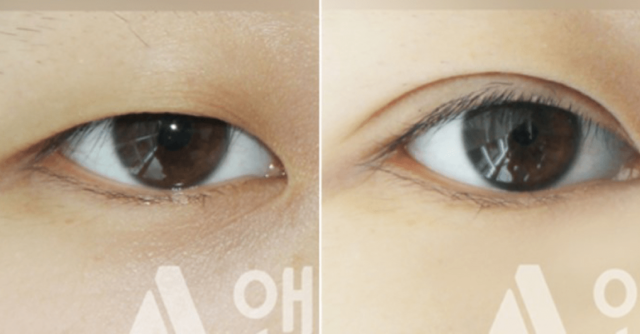
Partial Incision Double Eyelid
The partial incision surgery is a technique combining some of the features of both the incisional and non-incisional methods. During the surgery, your surgeon will make small incisions on your eyelid and remove fat or skin and then will stitch the muscle and create a double crease. The partial incision is a method suitable for people with thicker eyelids but not much excess fat. It’s also suitable for people who want to achieve a natural, seamless look.
The surgery is very fast – it lasts for about 30 minutes. And you won’t need to stay at the hospital like the other methods. Your stitches will also be removed around a week after the surgery.
Types of Double eyelids
As more and more techniques to achieve the double crease were developed, surgeons came up with different types of creases too. Before getting the surgery, you and your surgeon can discuss your options and decide what’s best for your eye shape and overall face structure. There are three basic types of double eyelids:

- Infold eyelid – the crease starts from the inside of the fold and then goes wider at the eye line. This type of double eyelid might be suitable for people who want to go for a subtler, natural look.
- Outfold eyelid – the line starts from the outside of the Mongolian fold. This look is suitable for women who want to have a bigger, more defined crease.
- In-out fold – the crease is suited at a low point and this makes for a natural-looking eyelid. This look is suitable for anyone who wants bigger eyes but also wants natural appeal.
After the Double eyelid surgery
Much like any other surgery, to get the best results, you’d have to take good aftercare and follow your doctor’s advice. Your doctor will give you tips you should follow such as doing a cold compress to reduce the swelling. Other tips include:
- Have the recommended medicines and ointments
- Wear sunglasses so you don’t risk your vision
- Wear sunscreen
- Avoid stressing your eyes with activities such as reading or spending a lot of time in front of the computer
- Avoid strenuous work and activities
- Don’t smoke because it slows down the healing processes
Cost for Double Eyelid Surgery in Singapore
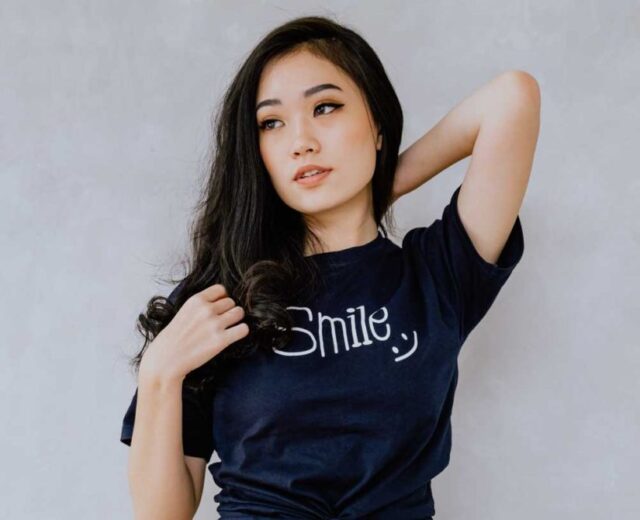
The cost for double eyelid surgery can depend on a lot of factors. Those include your surgeon’s fee and overall fees for the surgery (such as clinic’s amenities, anesthesia, medications, eye tests, physical check-up). Usually, the incisional surgery costs more – at around 5000$. The non-incisional methods are slightly cheaper at 3000-4000$.

